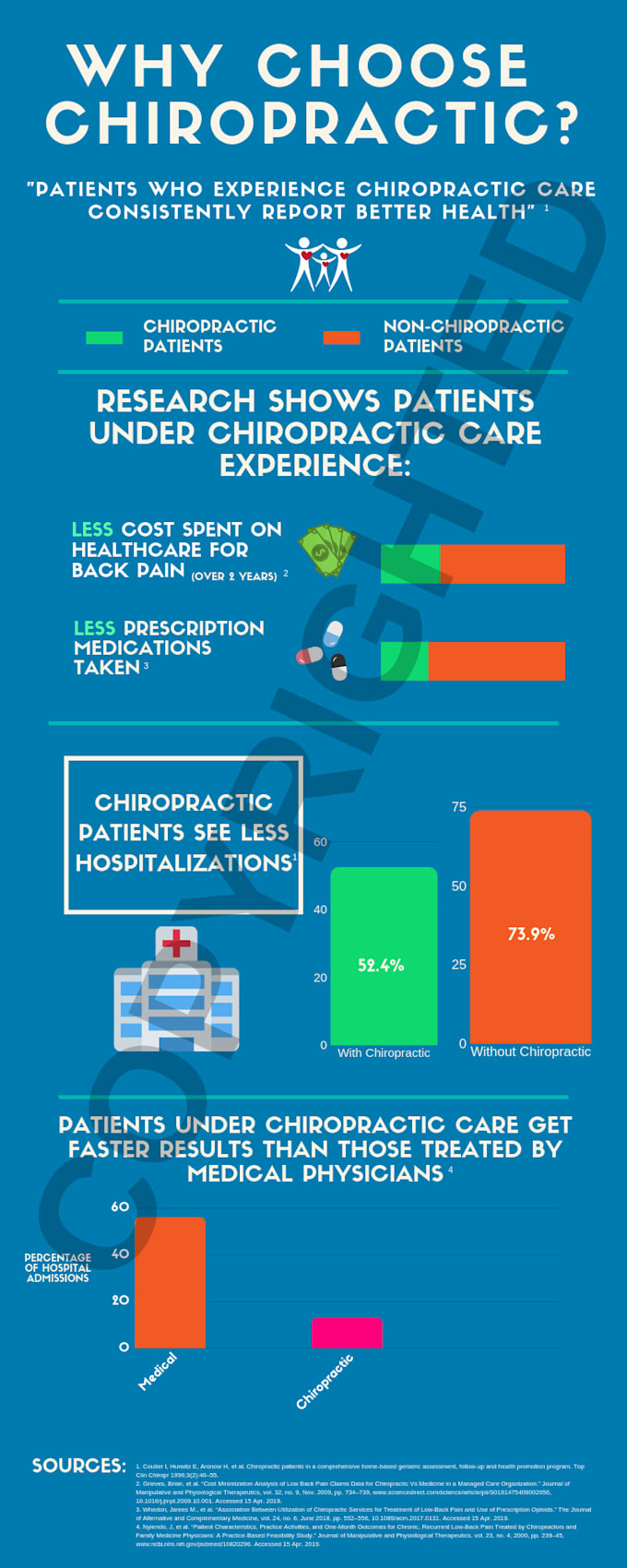Pain In The Back As An Indication Of Wellness: Typical Conditions And Their Symptoms Explained
Pain In The Back As An Indication Of Wellness: Typical Conditions And Their Symptoms Explained
Blog Article
Writer-Martensen Eason
If you're experiencing back pain, your body might be attempting to inform you something greater than just pain. The method your back feels can supply important hints about your overall health. Comprehending the details kind of pain you're really feeling and any accompanying symptoms is crucial to untangling the mystery behind your discomfort. Let's discover the typical problems and signs connected with various sorts of pain in the back to shed light on what your body might be signaling.
Kinds Of Neck And Back Pain
When it concerns neck and back pain, there are various kinds that you may experience. One typical kind is muscle mass discomfort, typically caused by overuse, strain, or injury to the muscular tissues and tendons sustaining the back. This type of discomfort can range from light discomfort to extreme and debilitating pain.
One more kind is nerve discomfort, which can result from conditions like herniated discs or sciatica. Nerve pain usually presents as a sharp, shooting sensation that radiates down the leg.
Joint pain in the back can originate from problems like arthritis or sacroiliac joint dysfunction. This kind of discomfort is commonly really felt in the lower back and can be exacerbated by specific motions.
Additionally, back pain can be related to structural issues such as spine constriction or vertebral cracks. Comprehending https://israelnicwr.is-blog.com/37579523/turn-your-inactive-habits-into-an-energetic-voyage-with-chiropractic-treatment-expose-the-trick-to-opening-a-much-healthier-more-resistant-you of neck and back pain you're experiencing is important in identifying the proper treatment and management techniques.
Common Symptoms to Watch For
Relocating past the different kinds of neck and back pain, it is very important to identify the common signs and symptoms that can signify underlying concerns.
Consistent pain in the back that aggravates with motion or during the night might show a much more serious trouble. Numbness or tingling in the legs or feet, specifically when accompanied by weakness, may indicate a nerve-related concern. If you experience abrupt weight-loss in addition to back pain, maybe an indicator of a more systemic problem.
Take notice of any kind of modifications in bladder or bowel feature, as this could be linked to spine compression. Fever, cools, or evening sweats combined with neck and back pain might indicate an infection. Keep an eye out for discomfort that radiates down one or both legs, possibly indicative of sciatic nerve pain.
Health And Wellness Issues Linked to Back Pain
If you suffer from pain in the back, it's critical to understand the prospective wellness conditions linked to this pain. https://www.wrcbtv.com/story/42017647/how-often-should-you-get-a-chiropractic-adjustment-a-helpful-guide in the back can be a signs and symptom of different underlying issues, including muscle mass stress, herniated discs, osteoarthritis, spine stenosis, and also conditions like kidney stones or infections.
Muscle mass strains are common and commonly arise from raising heavy items or unexpected movements.
Herniated discs happen when the soft tissue in between vertebrae protrudes, creating nerve inflammation.
Osteo arthritis, a degenerative joint condition, can result in neck and back pain as cartilage wears down.
Back constriction, the narrowing of the back canal, can tax nerves.
Kidney rocks might trigger intense neck and back pain if they relocate right into the urinary system.
Infections like back osteomyelitis can also show up as neck and back pain. Comprehending these potential health and wellness problems can aid you seek suitable medical care and administration for your pain in the back.
Final thought
So, next time your back hurts, take notice of the type of discomfort and accompanying signs and symptoms. It could be a signal from your body regarding underlying health conditions like muscular tissue strain, nerve problems, joint problems, and even structural concerns. By recognizing these indicators, you can take proactive steps to attend to the root cause of your back pain and boost your general health and well-being.
